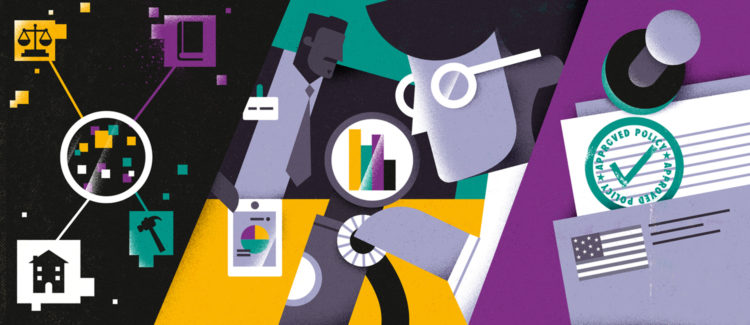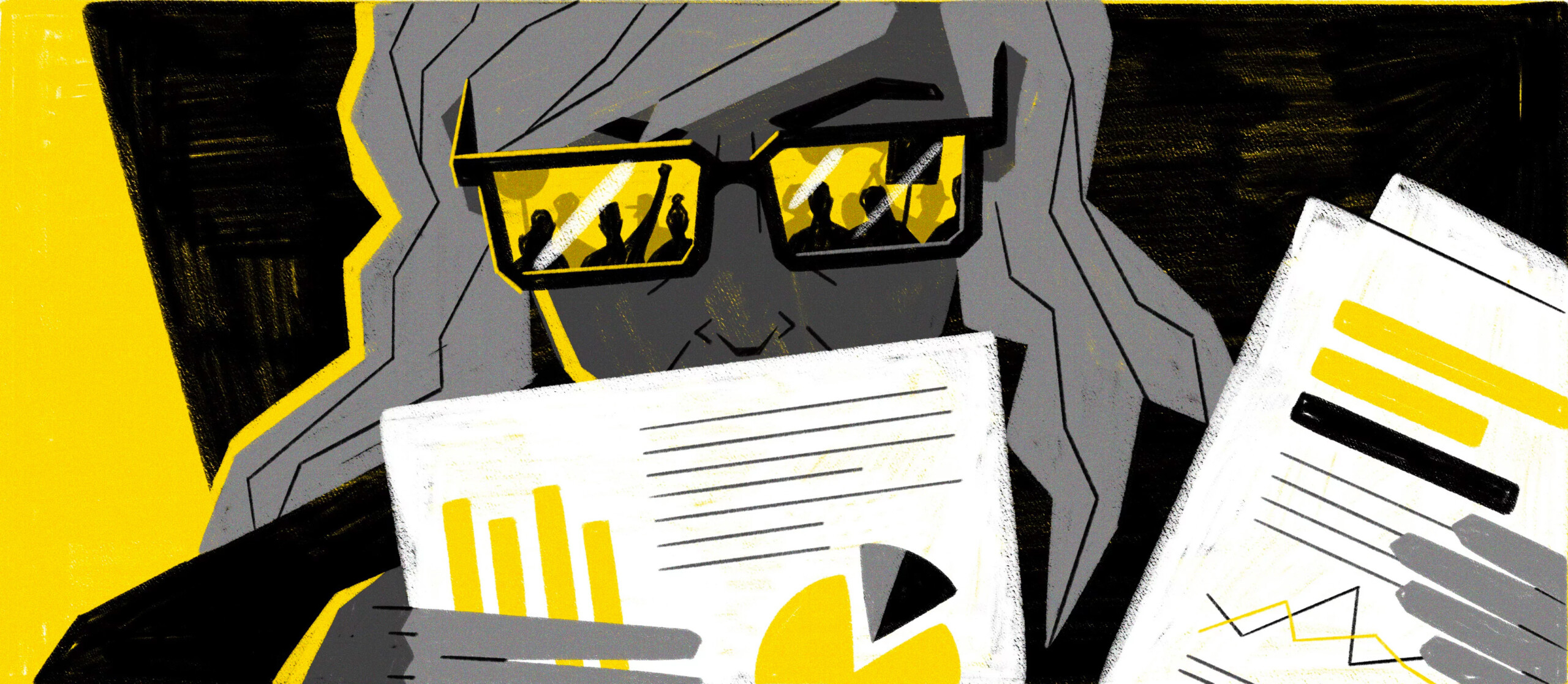As we established our research focus on reducing inequality in 2014, we sought to support the creation of tools that could help researchers build theory and evidence within this focus, just as we had in previous areas of our work.
Our former research focus on understanding youth social settings, for example, made essential our ten-year investment in statistical methods to support the analysis of place-based randomized trials, which was driven in part by increasing recognition of the need for stronger causal inference in education research. The Optimal Design software, which helps investigators design studies of group-level interventions with appropriate statistical power, is but one of the Foundation’s conceptual and statistical contributions to research in this area.
Building on this history, we have more recently supported the development of tools to be used by researchers looking to identify and understand effective responses to inequality in the U.S. We are supporting the construction of a national database on school finance inequality, for example, which researchers will be able to use to assess the links between financial resources and a range of performance measures in education. We have also supported the creation of the Stanford Education Data Archive, which will provide information on trends in student achievement nationwide, with links to contextual data that may enable researchers to examine conditions associated with widening and narrowing inequalities in achievement gaps. As part of this work, we are also co-sponsoring a grants program, along with the Russell Sage Foundation, to fund research that draws on the data archive to identify the effects of programs, policies, and practices on inequality.
Our latest tools will allow researchers to look across sources to find new insights and question old assumptions. And we hope that they will lead more researchers to investigate how we might best respond to the challenges facing kids and families across the country.
At the same time, the creation of these tools is merely a first step. Linking data sets and making repositories available to researchers are but means to an end, and one of our chief concerns in the new millennium is ensuring that these and similar efforts lead to research evidence that is useful and used. To inform the important decisions that shape the lives of young people, researchers must use these tools in ways that generate research evidence. To get the most out of powerful data, we need to facilitate their use in research and evaluation. We also need to appreciate the breadth of methods that can take advantage of large-scale administrative data sets—not just as outcome data for randomized trials, but in time series studies, observational analyses, and other types of research that can inform decisions about trends and patterns associated with varied policy approaches.
Importantly, the preparation of data for linking and sharing must involve consideration of how the data will be used to create evidence that speaks to the needs and interests of decision makers. For example, a structure that helps ensure that the questions undertaken by researchers are responsive to real-world needs of decision makers, and that the data is therefore structured in a way that is conducive to examining relevant questions, could boost the chance that research evidence would guide subsequent decisions.
The Stanford Education Data Archive is a rich new source of data, and it holds with it a wealth of potential. But it does not stand as research evidence on its own. Rather, to tap into its potential, researchers will need to connect the new data to information about programs or policies, such as finance and resource data, or policy data, such as the prevalence of innovative models of schooling, approaches to school composition, or teacher training. Likewise, the data can be connected to smaller-scale studies (for example, state-specific or even district-specific) to examine the ramifications of particular policy or resource innovations. All of this work can make sense of growing or diminishing gaps, and ultimately lead to effective responses.
At the end of the day, rich data are just a source to draw on. The value of a tool depends on the skill of the craftsperson. To identify and develop effective responses to inequality, and to help ensure that the research leads to a body of knowledge that informs change, we call on researchers to use these new tools to turn data into timely, relevant, high-quality, and accessible research evidence. At the same time, we look forward to seeing decision-makers operate within a culture of evidence, in which consulting the research evidence when making decisions is just a part of doing business.
















